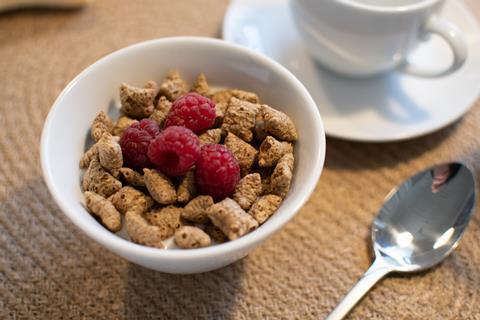
What goes up must come down. Or so it seems in cereals. Having enjoyed a bumper 2020, the category has suffered a £56.4m blow, with 9.9 million fewer kilos sold.
“During the height of the pandemic, with a high proportion of people working from home, we naturally saw large spikes in cereal sales,” says Kellogg’s revenue & channel director Ben Simpson. “As things are getting back to normal, the cereal category is also beginning to drop back.”
Still, it’s not all bad news. NielsenIQ points out value has grown 3.6% on 2019 levels. And although nine of the top 10 brands are in decline, “this says more about how exceptional 2020 was, rather than being a tale of struggle for branded cereals” says NielsenIQ senior analytics executive Danny Branigan.
“To the contrary, the brand decline of 3.3% is muted compared to own label decline of 6.1%, as consumers are still looking for a known quantity in brands,” he adds.
Nestlé believes that will continue to hold true, despite its Shreddies and Cheerios brands both suffering a 12.8% drop in value – the highest percentage fall on this list.
Toby Baker, regional marketing director UKA for Nestlé Cereals, says “change in retailers’ promotion strategies” has impacted the category this year, but stresses the brands still have a “long-standing consumer following”.
Quaker is similarly optimistic despite losing £6.6m – an absolute drop that was matched only by Cheerios. As the weather has turned cooler, sales have already picked up, says owner PepsiCo (despite an IT glitch that disrupted distribution of some Quaker products in the autumn).
Plus, the brand is working to pull in punters with on-trend NPD. In summer, it unveiled a three-strong range of wholegrain Quaker Vibrant Oats with real fruit pieces. The aim is to dispel the misconception of porridge as a “boring and bland breakfast option” and communicate health credentials.
So, perhaps the most surprising story of this year lies in who has bucked the downward slope in cereal sales – and they couldn’t be further from the health trend. Kellogg’s Frosties and Krave both netted an extra £2.5m – despite containing 37g and 28g of sugar per 100g respectively. Krave’s success was partly down to wider distribution and increased media spend, says Kellogg’s, which fuelled more frequent and larger sales.
There is a question mark over how much longer that growth can continue, though. NielsenIQ’s Branigan names upcoming HFSS restrictions as the “standout factor” in the coming year. “Many brands will spend time and energy redeveloping their recipes to comply with the new regulations,” he says.
So, this time next year, the healthier lines may well emerge as the new winners.
Top launch 2021
Non-HFSS Wheats | Kellogg’s

As HFSS restrictions loom, Kellogg’s has been busy making its portfolio healthier. Most notably, it’s added three non-HFSS variants to its Wheats range. Plain, Apricot and Blueberry (rsp: £1.90/500g) are all low in fat and salt, high in fibre, and contain at least 74% wholewheat. The cereal giant has been careful to make sure the new recipes still hit the mark on taste, though. Unveiled in October, the wheaty bites were “carefully developed” to offer “just the right balance of flavour” it says.
The Grocer’s Top Products Survey 2021: who’s up, who’s down – and our overview of the key trends
- 1
- 2
- 3
- 4
- 5
- 6
- 7
- 8
- 9
- 10
- 11
- 12
 Currently reading
Currently readingCereal 2021: cereal dives as life gets back on track
- 13
- 14
- 15
- 16
- 17
- 18
- 19
- 20
- 21
- 22
- 23
- 24
- 25
- 26
- 27
- 28
- 29
- 30
- 31
- 32
- 33
- 34
- 35
- 36
- 37
- 38
- 39
- 40
- 41
- 42
- 43
- 44
- 45
- 46
- 47
- 48
- 49



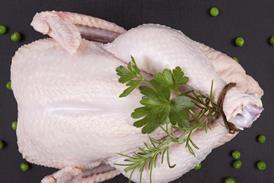
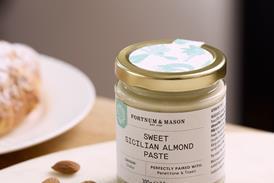



















































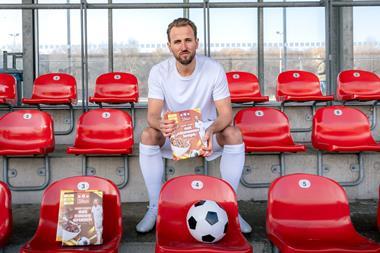


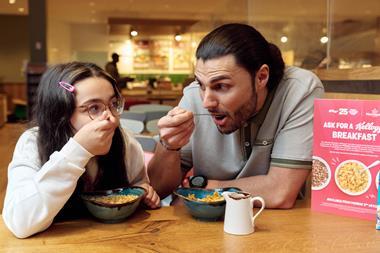
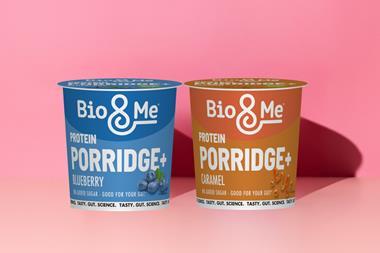
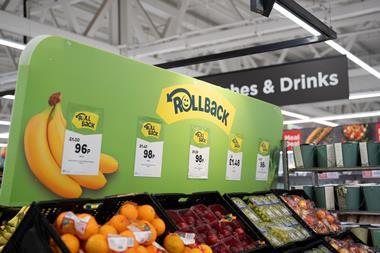
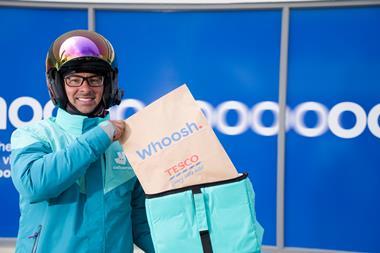

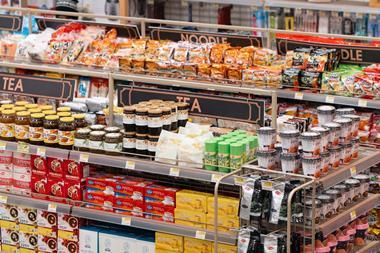


No comments yet